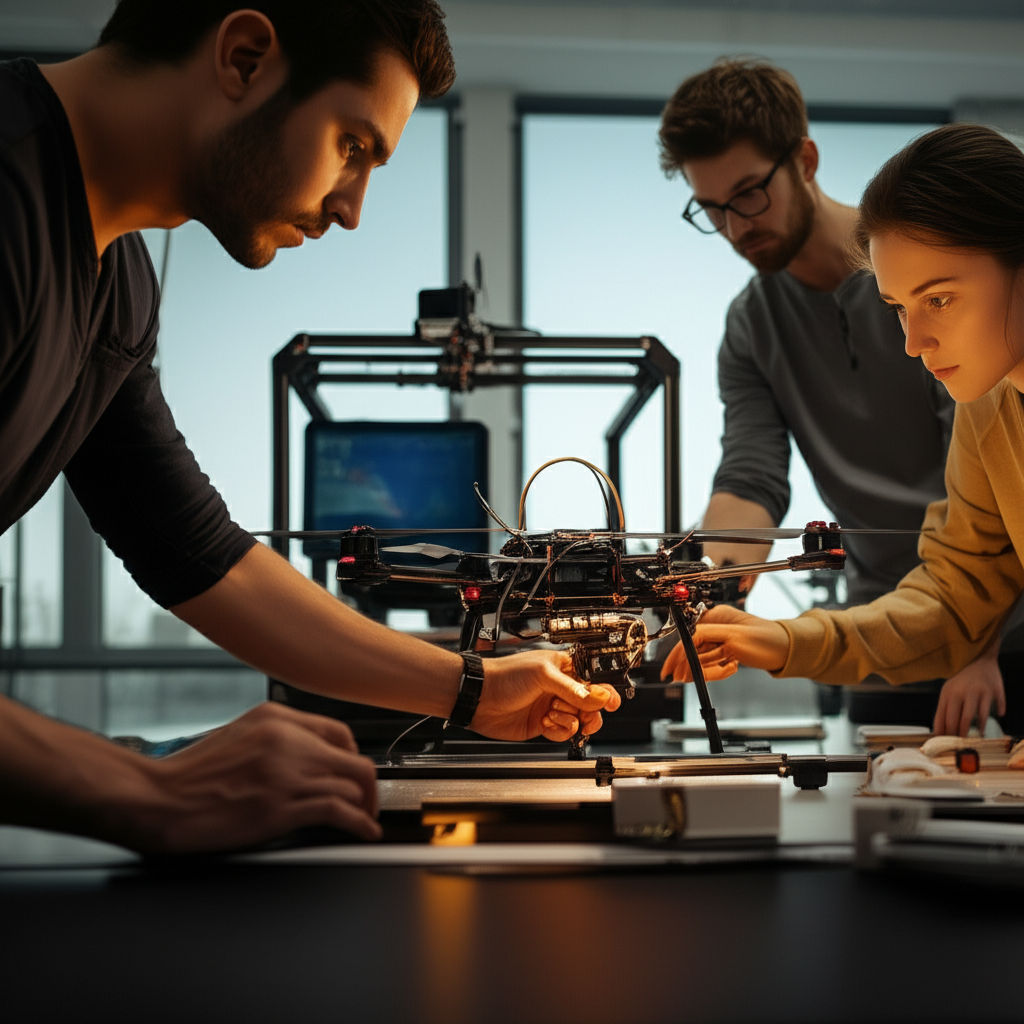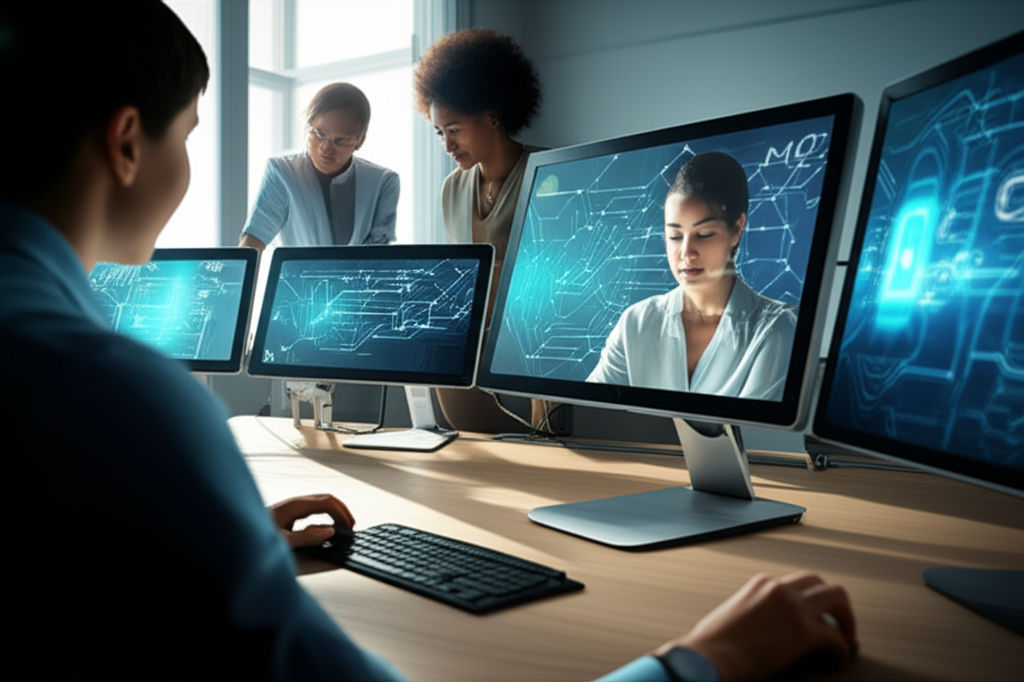Adaptive Learning Paths: Tailored Ed for All
Emily Willis
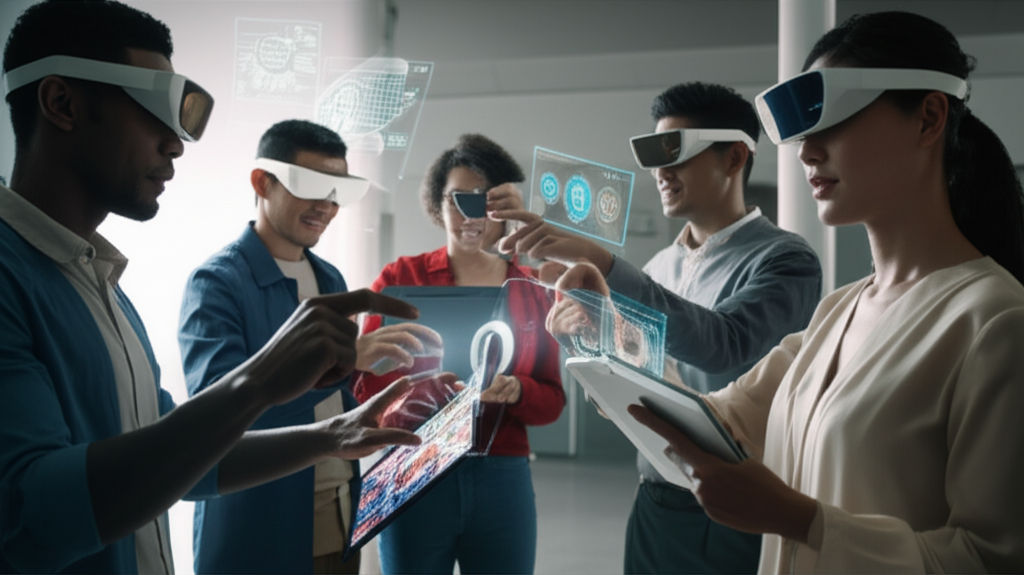
Photo: Adaptive Learning Paths: Tailored Ed for All
The traditional "one-size-fits-all" approach to education, where every learner follows the same curriculum at the same pace, often falls short. We all learn differently, at varying speeds, and with unique strengths and weaknesses. Imagine trying to fit a square peg into a round hole – it just doesn't work efficiently. This is where adaptive learning paths step in, offering a revolutionary approach to education that truly caters to the individual.
Adaptive learning is transforming the educational landscape by providing tailored education for everyone. It's not just a buzzword; it's a dynamic, data-driven methodology that uses technology to create truly personalized learning experiences. This article will explore what adaptive learning paths are, their immense benefits, real-world applications, the technology that powers them, and the challenges and opportunities that lie ahead. Get ready to discover how individualized learning is shaping the future of education!
What Exactly Are Adaptive Learning Paths?
At its core, adaptive learning is an educational method that uses computer algorithms and artificial intelligence (AI) to create customized learning experiences for each individual. Unlike traditional fixed curricula, an adaptive system dynamically adjusts the content, difficulty, and pace based on a learner's real-time performance, responses to questions, and engagement with the material. Think of it like a smart tutor that understands your unique needs and guides you precisely where you need to go.
This intelligent approach leverages advanced educational technology (edtech), algorithms, and artificial intelligence to deliver custom learning experiences that address the unique needs of an individual learner. It continuously collects data on a student's performance, such as quiz results, response times, and interaction patterns, to determine their strengths and weaknesses. Based on this information, the system then adjusts the content, difficulty level, and even the delivery method to suit each learner. This ensures that instruction is tailored to their current understanding, helping them focus on areas needing improvement and preventing boredom or frustration.
Broadly, there are two main approaches to adaptive learning:
- Designed adaptability: Here, instructional designers pre-determine the teaching sequence using "if/then" statements. For example, if a student answers a question incorrectly, the system might present a remedial module.
- Algorithmic adaptability: This more advanced approach uses automated algorithms that analyze signals from students' learning activity (performance, behavior, feedback) to guide the teaching sequence dynamically. This is where AI and machine learning truly shine.
While personalized learning and adaptive learning are often used interchangeably, it's helpful to note a subtle distinction: adaptive learning is often the tool that makes personalized learning possible. Personalized learning is the broader concept of an individual student's learning journey, while adaptive learning is the technology that constantly adapts content based on data and user preferences to facilitate that journey.
The Core Benefits: Why Tailored Education Matters for Everyone
The shift towards adaptive learning paths offers a multitude of benefits that address the shortcomings of traditional education and unlock potential for learners across all demographics.
Boosting Engagement and Motivation
When learning is relevant and directly addresses a student's needs, engagement skyrockets. Adaptive learning systems significantly boost student engagement by tailoring content to individual interests and abilities. They often incorporate interactive elements, gamification features, and multimedia content to maintain interest, preventing learners from feeling overwhelmed or underwhelmed. Studies have shown that personalized learning can improve student performance by up to 30%.
Addressing Diverse Learning Styles
We all absorb information differently. Some are visual learners, others auditory, and many benefit from hands-on, kinesthetic experiences. Adaptive learning technology excels at accommodating diverse learning needs by offering multiple presentation formats (text, audio, visual) and adjusting instructional methods to suit individual preferences. This means a student who struggles with reading a textbook might be offered a video explanation or an interactive simulation instead.
Catering to Different Paces
In a traditional classroom, some students grasp concepts quickly, while others need more time. Adaptive learning allows each learner to progress at their own pace, ensuring no one is left behind or held back. Students can move quickly through material they've already mastered and spend more time on challenging concepts, optimizing their learning time. This flexibility is crucial for effective learning.
Filling Knowledge Gaps Efficiently
One of the most powerful aspects of individualized learning is its ability to pinpoint and address specific knowledge gaps. AI systems assess a student's strengths and weaknesses in real-time, allowing the curriculum to adjust and focus on areas needing improvement. This targeted approach provides immediate feedback and support, preventing small misunderstandings from becoming significant barriers to learning. This means real-time intervention for those struggling.
Fostering Lifelong Learning and Skill Development
In today's rapidly evolving world, continuous learning is no longer a luxury but a necessity. Adaptive learning paths foster lifelong learning by providing flexible, accessible, and continuously updated educational experiences. These platforms can adapt to changing labor market trends, dynamically adjusting curricula to ensure learners are always acquiring relevant skill development. This prepares individuals for a dynamic future, enabling them to upskill or reskill throughout their careers.
Adaptive Learning in Action: Real-World Examples
Adaptive learning is not just a theoretical concept; it's actively being implemented across various educational and professional sectors, demonstrating its versatility and effectiveness.
K-12 Education: A Personalized Approach
In K-12 settings, adaptive learning platforms are revolutionizing how young students learn. For instance, platforms like DreamBox and Mathspace dynamically adjust math and reading exercises in real-time, ensuring students are neither bored nor overwhelmed. A case study from Miami-Dade County Public Schools showed impressive results after implementing adaptive learning: a 27% improvement in mathematics proficiency and an 18% improvement in reading comprehension. These systems can also reduce achievement gaps between different demographic groups.
Higher Education: Customizing Degree Paths
Universities are increasingly adopting adaptive learning to cater to diverse student populations and learning needs. Arizona State University, for example, redesigned its introductory mathematics sequence around adaptive learning principles, leading to an 18% increase in pass rates and a 47% reduction in withdrawal rates in remediation courses, saving an estimated $12 million annually. Platforms like Knewton Alta offer personalized learning experiences in STEM fields, adjusting course materials based on a learner's performance. The University of Texas at El Paso and the University of Toledo have also integrated adaptive technologies to improve student performance in high-enrollment courses.
Corporate Training & Professional Development: Upskilling the Workforce
The business world is quickly recognizing the power of adaptive learning for corporate training and professional development. These platforms deliver cost-effective, flexible, and personalized learning experiences for employees, continuously assessing performance, providing real-time feedback, and adjusting content to address skill gaps. Companies like Whatfix, EdApp (now SC Training), and Realizeit offer solutions for onboarding, compliance training, and upskilling, ensuring employees gain the exact knowledge and skills they need to excel in their roles. This approach can significantly reduce "scrap learning"—learning that was delivered but not applied on the job—which can be as high as 45% in corporate settings.
Self-Directed Learning: Empowering the Individual
Beyond formal education and corporate settings, adaptive learning empowers individuals in their self-directed learning journeys. Popular language learning apps like Duolingo and coding platforms leverage adaptive algorithms to tailor lessons and practice exercises based on user progress and preferences, making learning more efficient and engaging. Even streaming services like Netflix use similar principles to recommend tailored content, showing how deeply ingrained personalized algorithms have become in our daily lives.
How Technology Powers Personalized Learning
The magic behind adaptive learning paths lies in sophisticated technology, primarily powered by Artificial Intelligence (AI) and machine learning (ML).
- AI and Machine Learning: These are the brains of adaptive learning systems. AI algorithms analyze vast amounts of data—including learner profiles, performance data, response times, and interactions—to identify patterns, strengths, and weaknesses. Machine learning then allows the system to continuously learn and improve its ability to predict learner needs and adapt content dynamically. This leads to the creation of dynamic, individualized learning paths that optimize learning time.
- Data Analytics: Adaptive learning platforms generate extensive data on student performance and learning patterns. AI analyzes this data to provide educators with valuable insights into individual progress, class-wide trends, and the effectiveness of instructional approaches. This data-driven insight enables teachers to make informed decisions about lesson planning and interventions.
- Content Management Systems (CMS): These systems house the vast libraries of educational content—videos, texts, quizzes, simulations, interactive exercises—that the adaptive engine can draw from and deliver in a tailored sequence.
- Interactive Platforms: Modern adaptive learning relies on highly interactive digital environments that engage learners through various formats, from interactive simulations to gamified quizzes. This ensures that learning is not a passive activity but an engaging experience.
AI-powered systems can provide instant feedback to learners, helping them quickly identify and correct mistakes, which is crucial for reinforcing proper understanding. They can even simulate virtual tutors, offering on-demand guidance and support around the clock.
Overcoming Challenges and Looking Ahead
While the promise of adaptive learning paths is immense, their widespread adoption comes with certain challenges that need careful consideration.
Data Privacy Concerns
Implementing AI-powered adaptive learning involves collecting and analyzing large amounts of personal student data. Protecting this sensitive information from breaches or misuse is critical. Educational institutions must adopt stringent measures to ensure data collection adheres to ethical guidelines and regulatory standards, safeguarding student privacy.
Digital Divide
Adaptive learning relies heavily on access to technology, including digital devices and reliable internet connections.
Latest ✨
View AllRevolutionize education! Discover how an entrepreneurial mindset equips students with future-ready skills like innovation, problem-solving & resilience for succ...
Emily Willis
Unlock your future career! Discover how modern vocational schools provide hands-on skills for the rapidly evolving job market and new jobs.
Emily Willis
trend of staying at unique and Instagrammable hotels as an experience in itself. It explores seven fascinating and photogenic hotels around the world, including the Ice Hotel in Sweden, Giraffe Manor in Kenya, Attrap'Rêves in France, Treehotel in Sweden, Poseidon Undersea Resort in Fiji, Amangiri in Utah, USA, and Kelebek Cave Hotel in Turkey. Each hotel offers a unique and luxurious experience, from sleeping in a sculpture of ice to dining with giraffes, sleeping under the stars in bubble domes, staying in elevated treehouses, luxury underwater accommodation, secluded luxury in desert serenity, and historic charm in cave dwellings. These hotels promise a stay unlike any other and are perfect for capturing envy-inducing photos for Instagram feeds.
Emily Willis
finding a conducive study environment to enhance focus and concentration. It provides tips on understanding your needs, exploring different study options, transforming your space, and developing focused study habits.
Emily Willis
Business
View All
June 8, 2025
Optimize Your Supply ChainOptimize your supply chain for business success! Learn strategies to cut costs, boost efficiency, & satisfy customers with our comprehensive guide.
Emily Willis
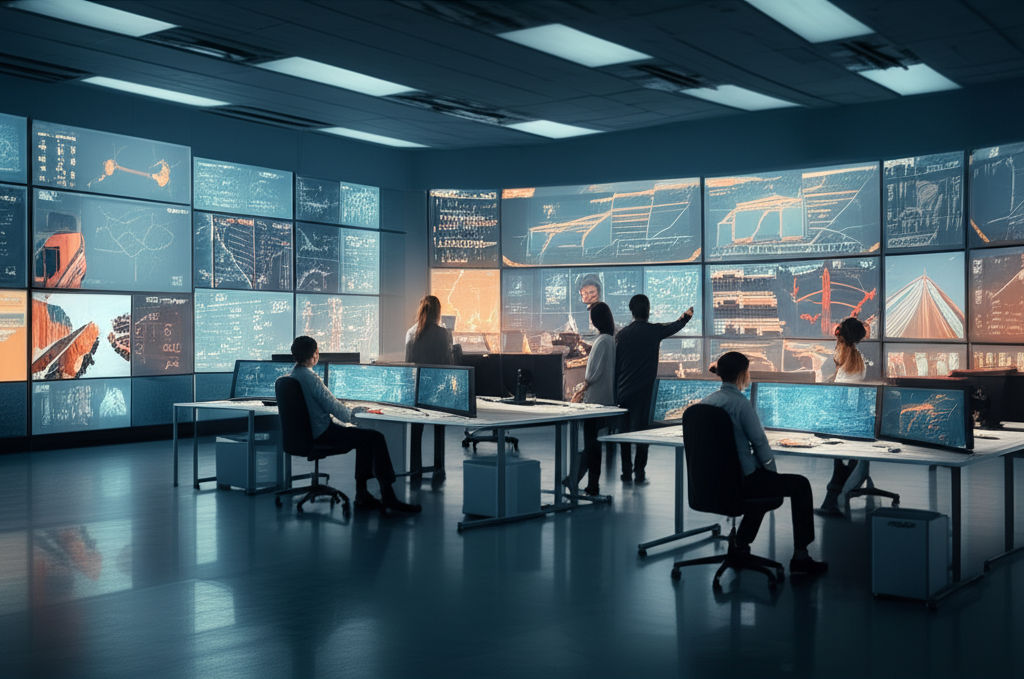
June 8, 2025
Smart Logistics for EfficiencyUnlock peak efficiency with smart logistics. Learn how cutting-edge tech transforms supply chains, ensuring faster, smarter, and more visible goods movement.
Emily Willis

June 8, 2025
Quality Control: Ensure Business ExcellenceDiscover how quality control is the cornerstone of business excellence, ensuring consistent value, strong reputation, and a sustainable future.
Emily Willis
Economy
View AllDemystify market forces! Learn how supply and demand shape prices and quantities in this beginner's guide to everyday economics.
Read MoreDiscover Double Premium Comfort: a synergistic blend of high-end elements for unparalleled relaxation & well-being. Redefine true comfort.
Read MoreRural economies: vital yet complex. Navigate unique challenges & unlock promising opportunities for sustainable growth, diversification, and prosperity.
Read MoreEntertainment
View All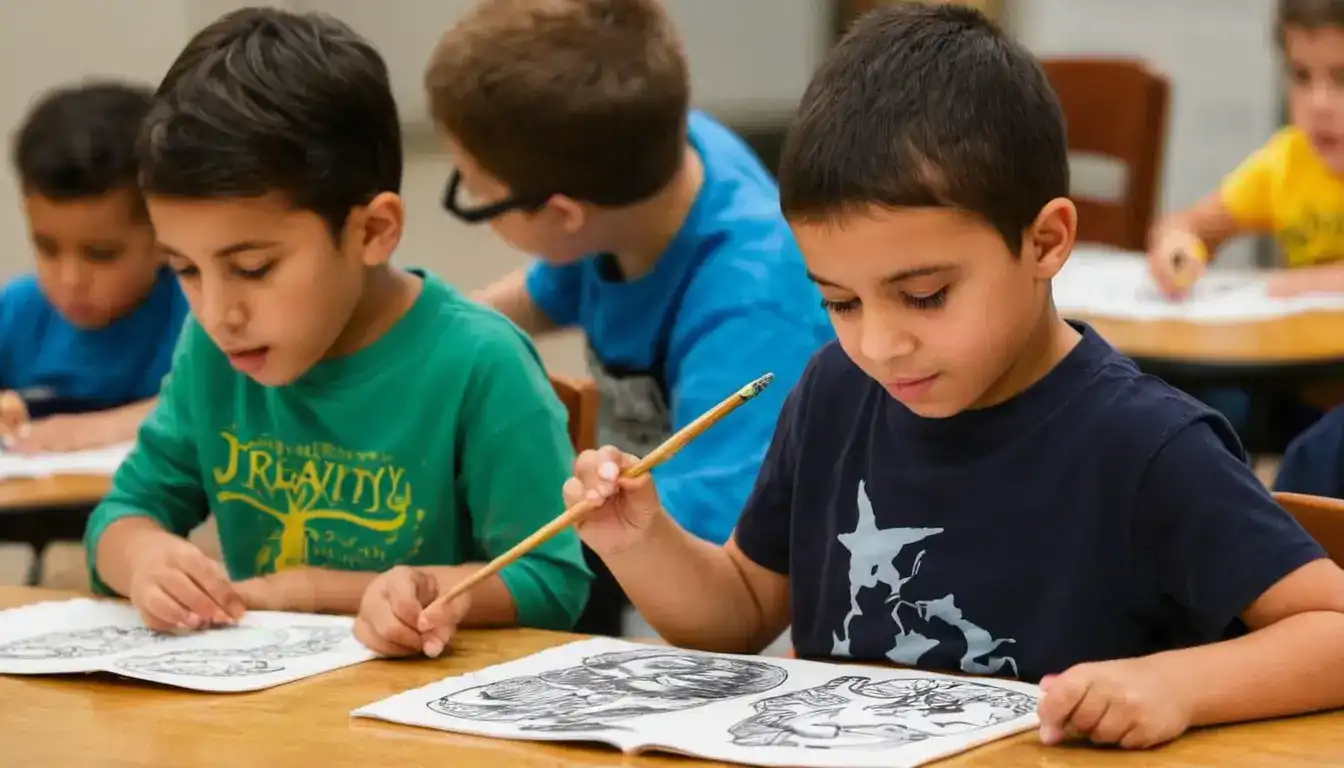
August 5, 2024
Arts Education's Importance: Nurturing Creativity and Fostering ExpressionArts education is often overlooked in a world focused on standardized tests and STEM subjects, but it plays a vital role in nurturing creativity, self-expression, and essential skills in students. Arts education allows students to unleash creativity, build confidence, improve communication and collaboration skills, develop critical thinking and problem-solving abilities, increase cultural awareness and appreciation, and enhance emotional intelligence.
Emily Willis

July 4, 2025
EVO Waxahachie VibesDiscover EVO Waxahachie! Movies, bowling, arcade & dining all in one spot. Experience the ultimate entertainment vibe for all ages in Ellis County.
Emily Willis
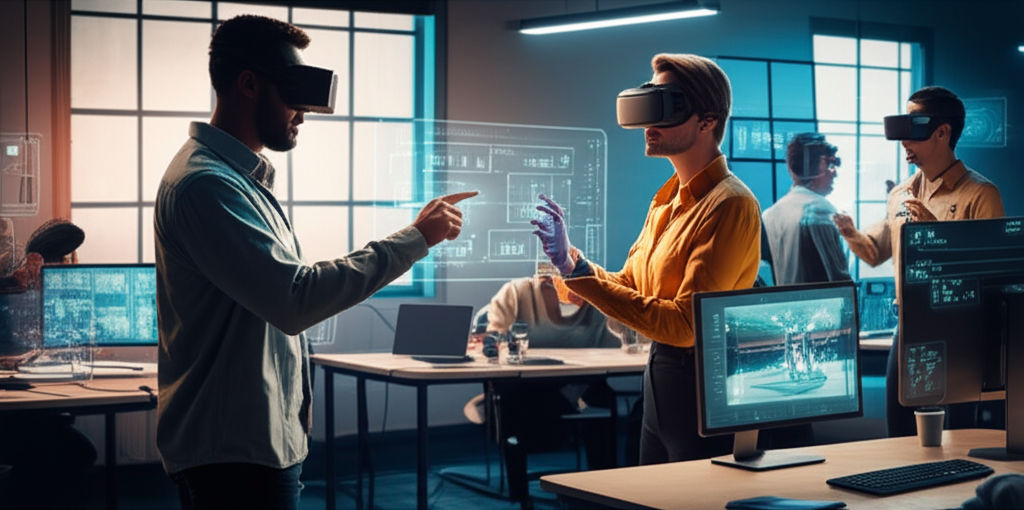
July 6, 2025
Innovative Entertainment JobsDiscover innovative entertainment jobs blending creativity & tech. Explore future careers in VR/AR, immersive experiences, and more!
Emily Willis
Health
View AllPreventive healthcare focuses on strategies to prevent disease and maintain well-being, rather than just treating illnesses after they arise. It helps identify risk factors early on, allowing for interventions that can prevent or delay the onset of chronic diseases.
Emily Willis
King Charles's health updates: prostate & cancer. See how the Royal Family's transparency impacts the monarchy and boosts public health awareness.
Emily Willis
Unlock a vibrant life! Embrace the gentle power of walking for profound physical and mental health benefits. Accessible to all.
Emily Willis
Trending 🔥
View All
1
2
3
4
5
6
7
8
9
10
Lifestyle



Sports
View AllAugust 4, 2024
Benefits of Cross Training for Athletes: Improves Performance and Prevents Injuries
Read MoreTechnology
View All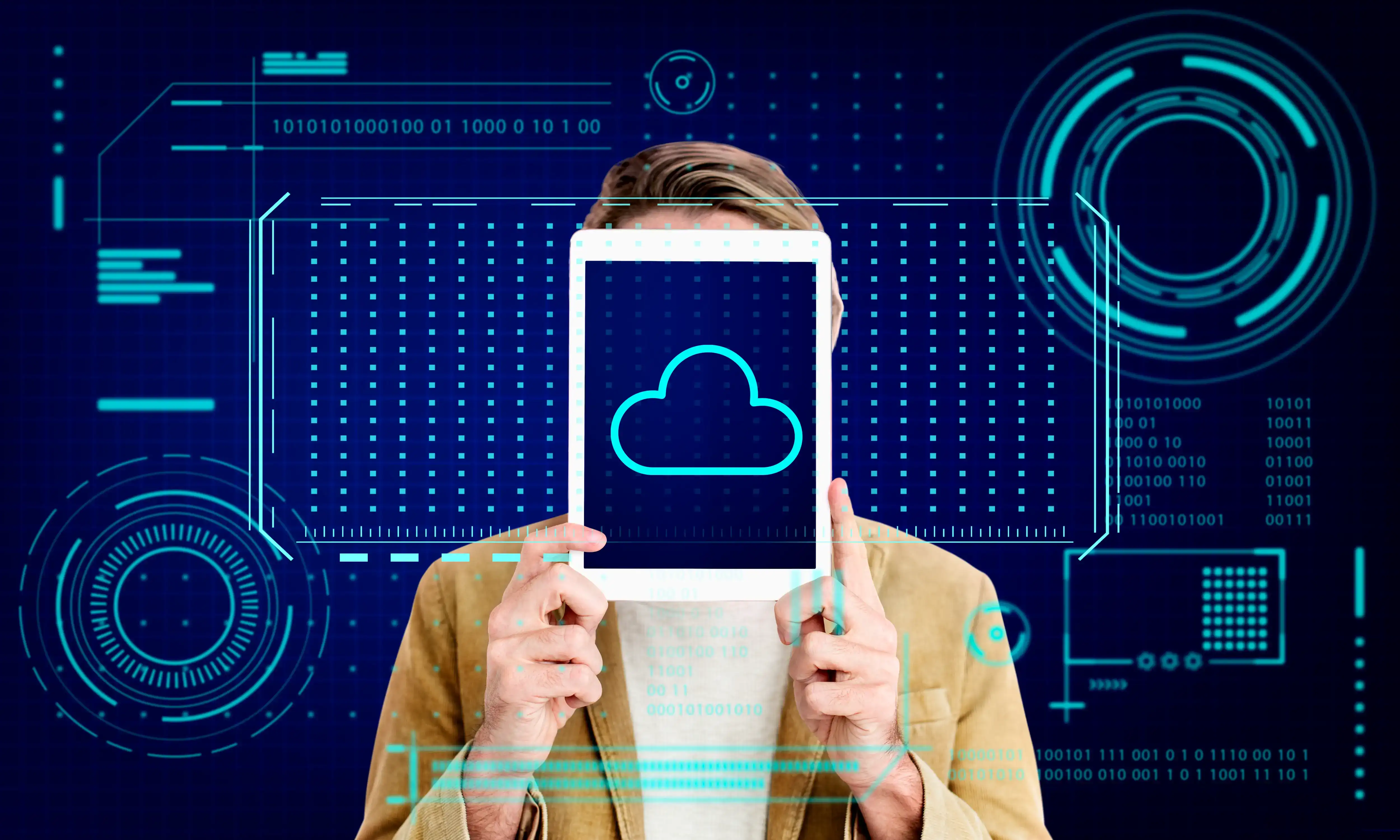
August 5, 2024
Tips for Implementing Cloud Computing Safely and Efficiently
Cloud computing is essential for modern businesses, offering cost savings, scalability, and improved collaboration. Implementing cloud computing requires careful planning to ensure safety and efficiency. Tips for safe and efficient implementation include conducting a needs assessment, choosing the right cloud service model, prioritizing security, planning for data migration, optimizing costs, training your team, implementing backup and recovery solutions, monitoring performance, planning for scalability, and staying updated with industry trends.

August 5, 2024
How IoT is Changing the Way We Live and Work
The Internet of Things (IoT) is revolutionizing daily life and professional environments by connecting devices to the internet, allowing for communication, data collection, and autonomous task performance. IoT is transforming homes, workplaces, healthcare, and transportation by enhancing convenience, efficiency, and safety.

August 5, 2024
Best AR Apps for Interior Design
Discover the top AR apps for interior design and transform your space with ease! From furniture placement to paint colors, these innovative tools will revolutionize the way you decorate, making your home design dreams a reality
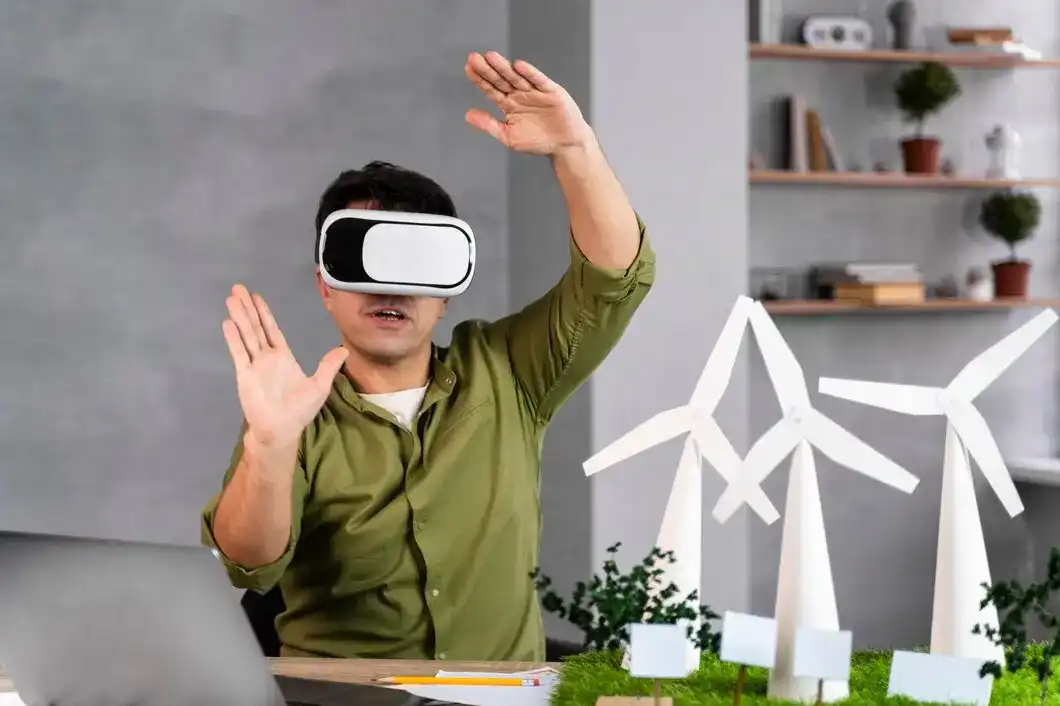
August 5, 2024
The Future of IoT and Its Potential to Improve Quality of Life
The Internet of Things (IoT) is a transformative force that is revolutionizing daily life by connecting devices and enabling them to exchange data autonomously. The growth trajectory of IoT is projected to surpass 75 billion connected devices by 2025, impacting various sectors such as healthcare, smart cities, agriculture, and home automation.

